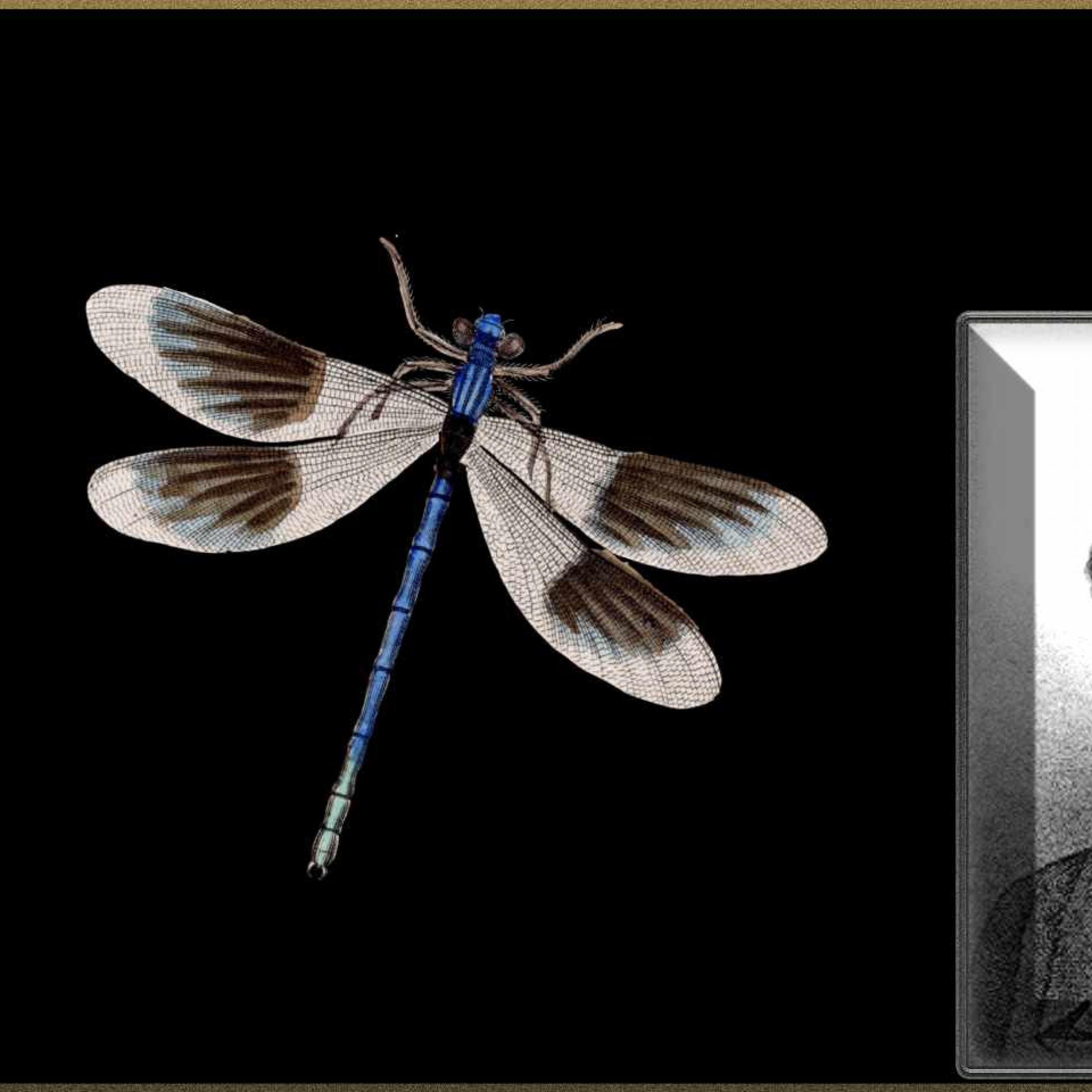
Camille Saint-Saëns
Danse macabre
Camille Saint-Saëns (1835 – 1921) / Giuseppe Gariboldi (1833 – 1905)
Danse macabre – Fantaisie Transcription
Sheet music as PDF file: CHF 15 Send by email.
Printed sheet music is also sent for an additional fee.

Danse macabre (op. 40) is a symphonic poem for orchestra. However, the first version was a song with piano accompaniment. Saint-Saëns himself later made two versions for violin and piano and for two pianos. Further transcriptions were added by other composers, e.g. for solo piano and organ etc. Giuseppe Gariboldi wrote a "Fantaisie-Transcription" for the flute.
The composition is based on the poem by Henri Cazalis. In the 19th century, piano songs with dance of death stories had a special significance. (e.g. F. Schubert: The Death and the Maiden)
According to legend, Death appears at midnight every year on Halloween. He calls forth the dead from their graves to dance for him. The skeletons dance for him until the cockerel crows at dawn, then they must return to their graves until the next year.
Das Gedicht "Égalité, Fraternité" von Henri Cazalis
Zig et zig et zig, la mort en cadence
Le vent d’hiver souffle, et la nuit est sombre,
Zig et zig et zig, chacun se trémousse,
Zig et zig et zig, quelle sarabande!
Mais psit! tout à coup on quitte la ronde, | Tap and tap and tap, death strikes the beat
The winter wind blows and the night is gloomy,
Tap and tap and tap, everyone jumps and writhes;
Tap and tap and tap, and on and on death scratches
It is said that the lady is a marquise or baroness
Tap and tap and tap, what a sarabande!
But shh! The dance is suddenly over, |
RELATED CONTENT
Arrangements

25 Swiss children-
and folksongs
for two flutes
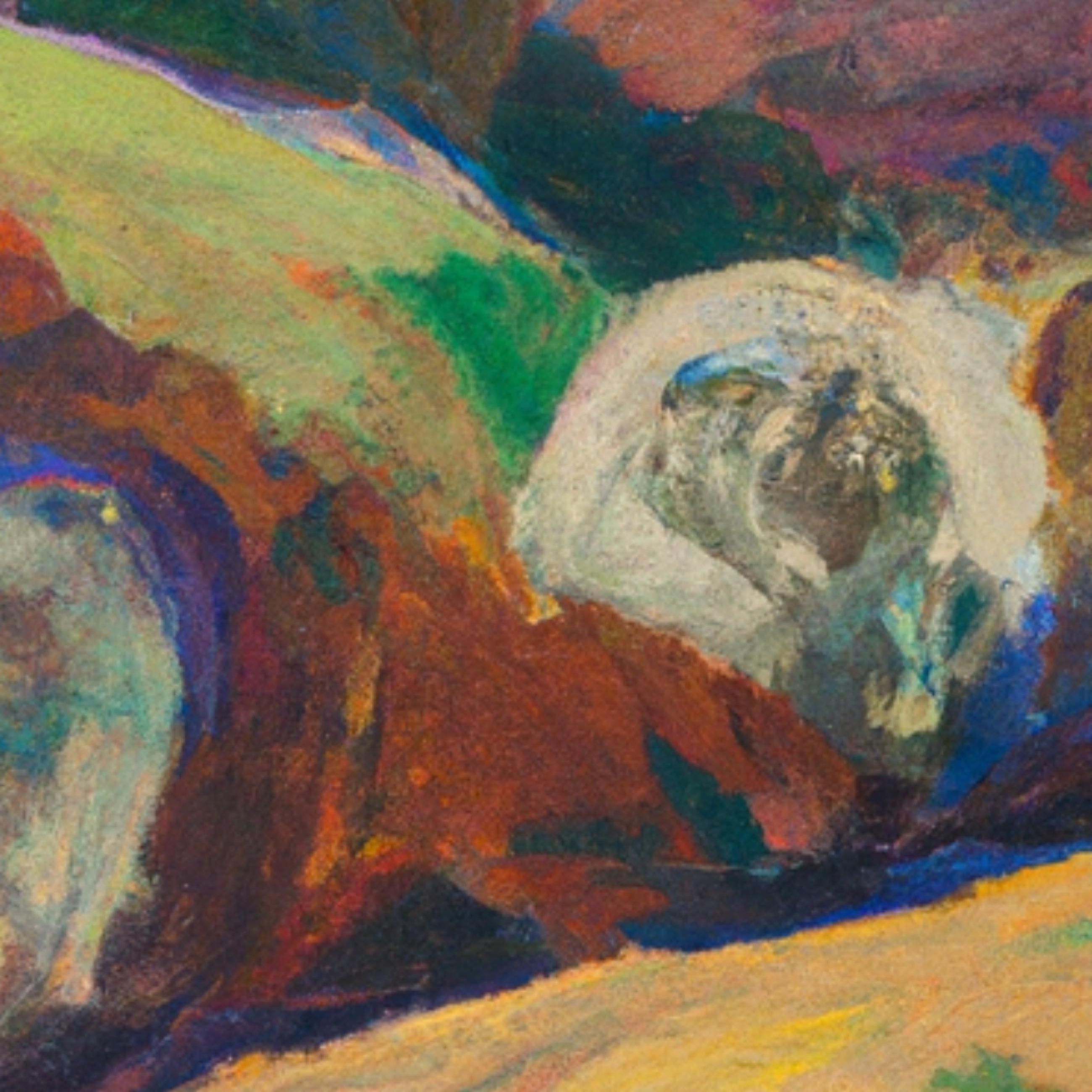
Anton Bruckner
Quiet Contemplation on an Autumn Evening

Johann Sebastian Bach
Andante in b minor BWV 528
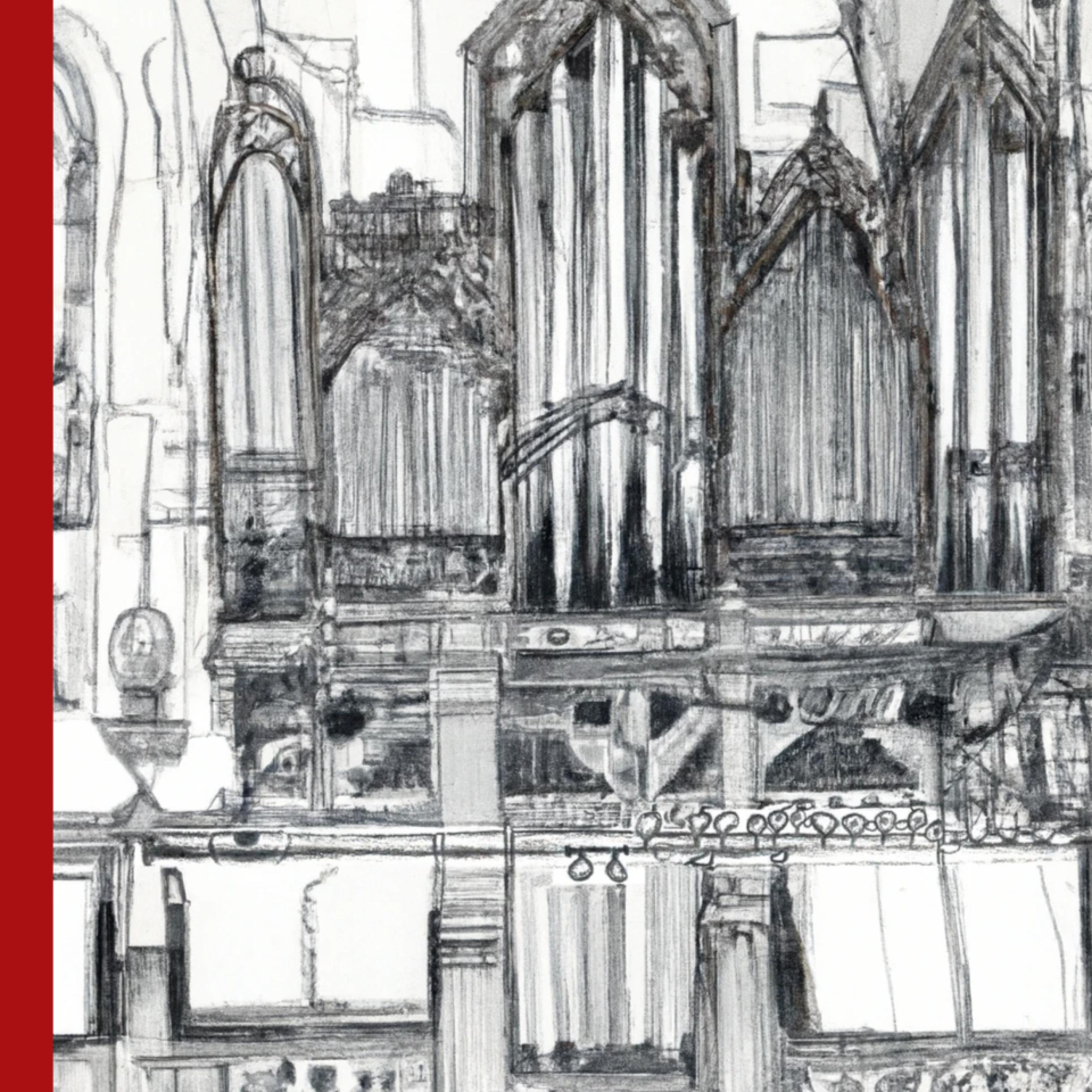
Johann Sebastian Bach
Triosonata in g major,
BWV 525

Eugène Ysaÿe – Obsession
Arrangement of the violin sonata, op. 27, no. 2 for flute (1st movement)

Bernard Lorenziti
6 Duos for Flute and Violin
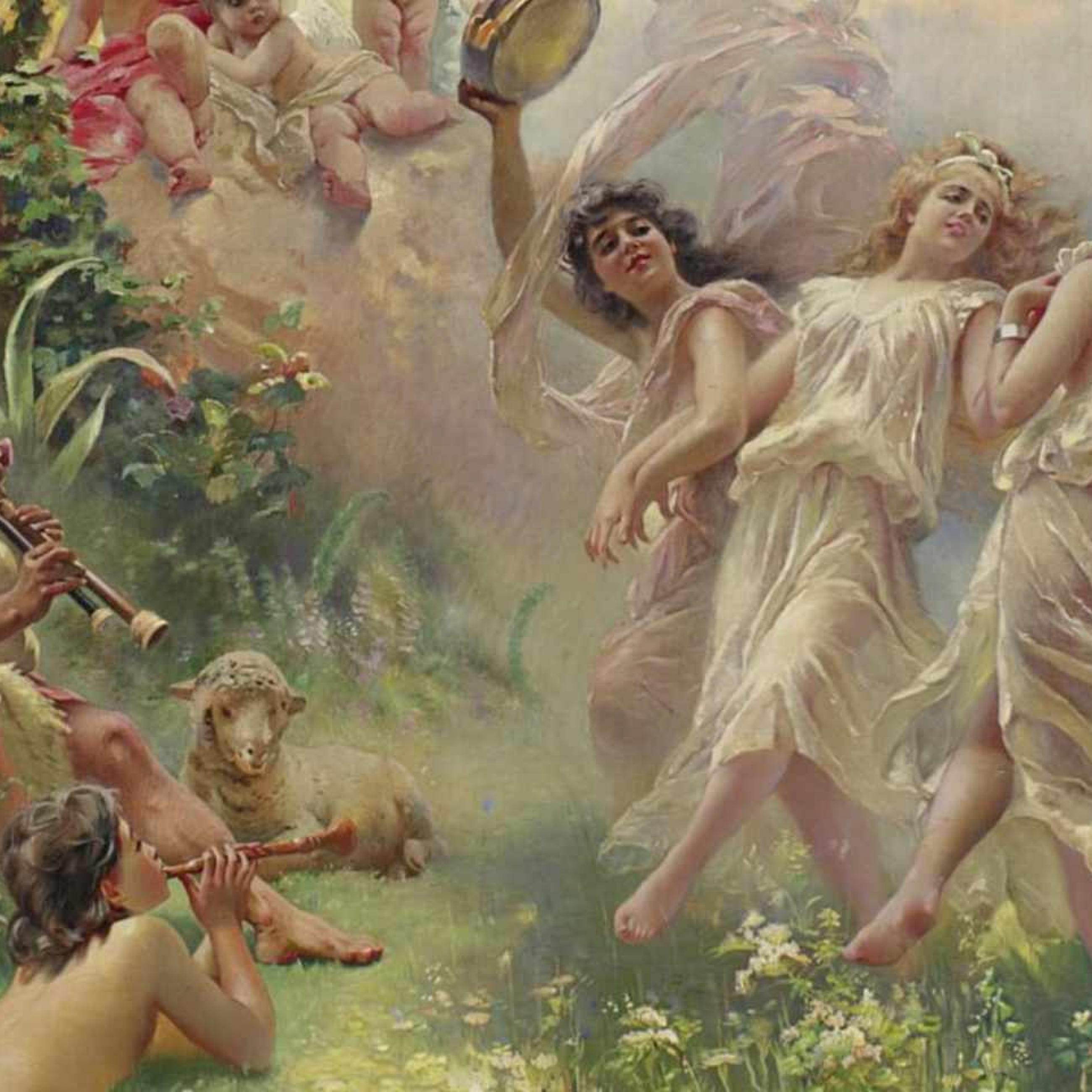
Bartolomeo Campagnoli (1751 ‑ 1827)
6 Duos for Flute and Violin

26 Swiss folk dances from 26 Cantons
From the collection of Hanny Christen
Fror 2 Flutes und Piano
Arranged by Helene Schulthess
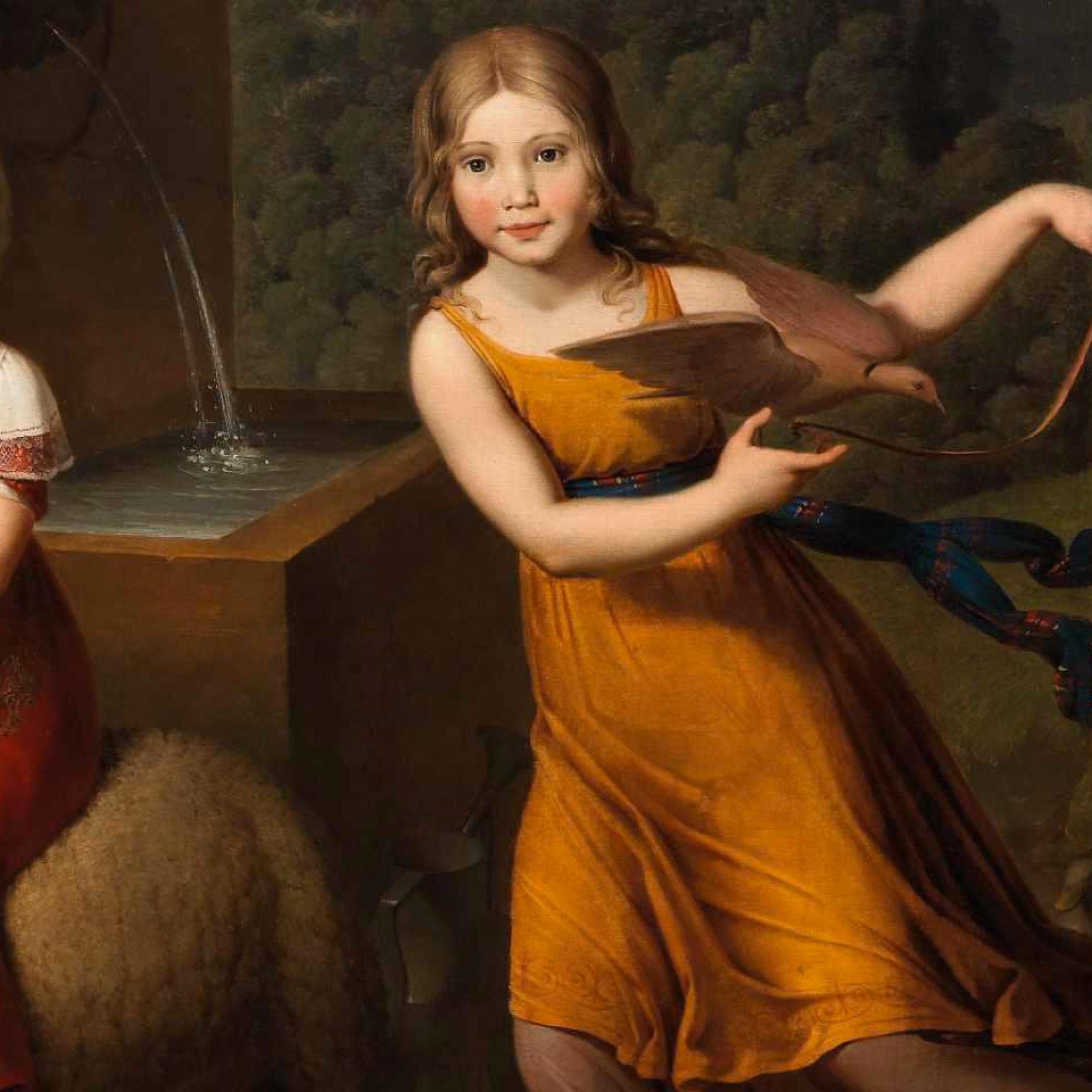
Fanny Hünerwadel
Sonntagsfrühe
(Trio for vocal, flute and piano)
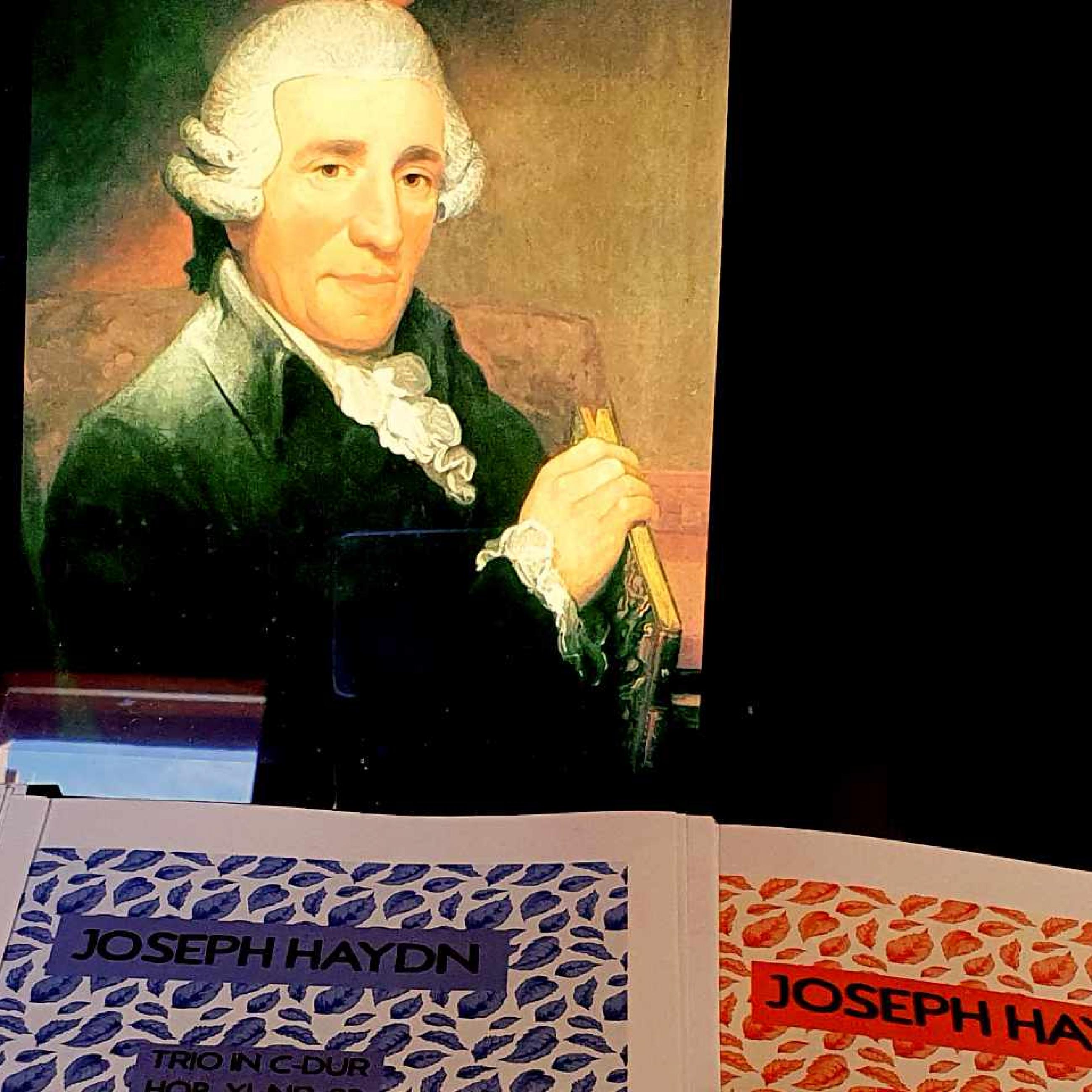
Joseph Haydn (1732 – 1809)
Trios for three flutes

Jean Pietrapertosa
Air Suisse
